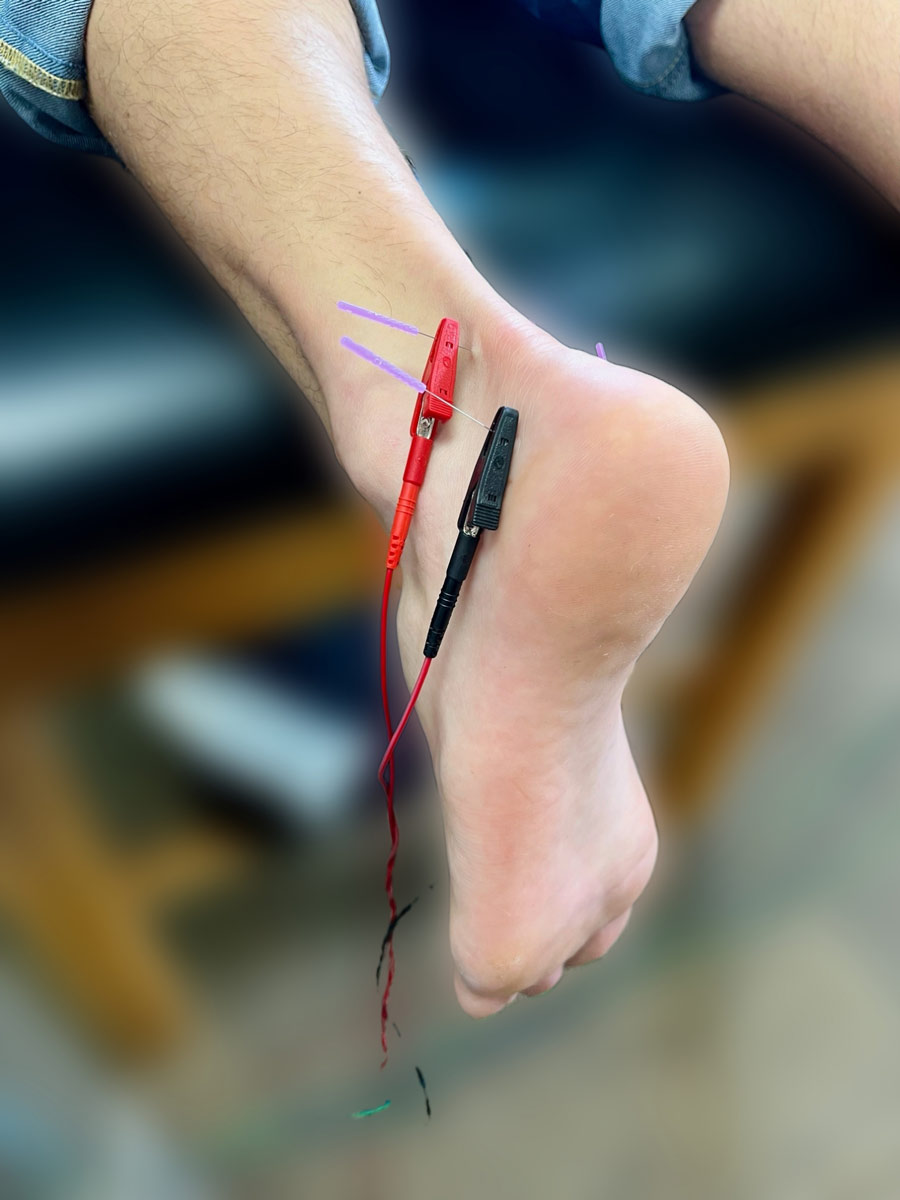Dry needling is a valuable treatment option for individuals experiencing musculoskeletal pain and dysfunction. By targeting trigger points and releasing muscle tension, dry needling can help alleviate pain, improve movement, and enhance overall well-being.
If you’re interested in learning more about dry needling or would like to see if it’s the right treatment for you, contact us today to schedule an appointment with one of our skilled physical therapists.
